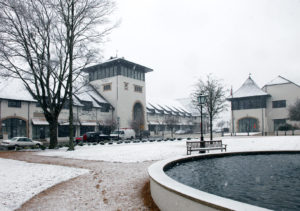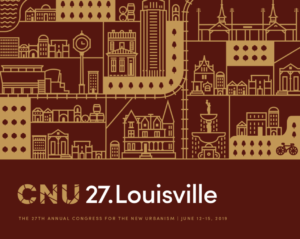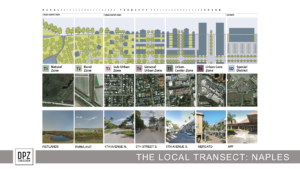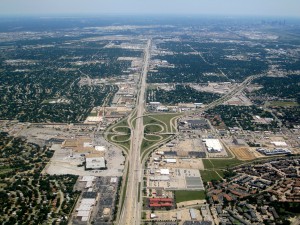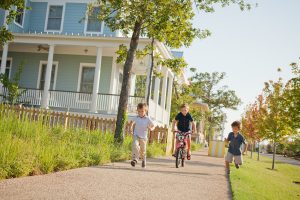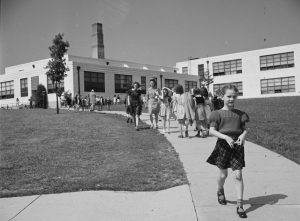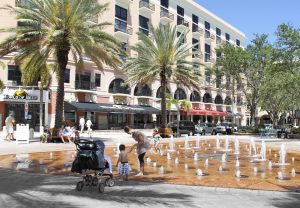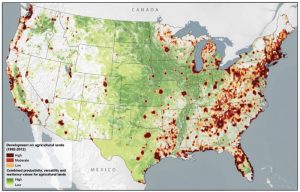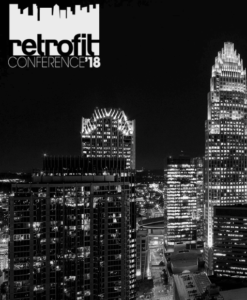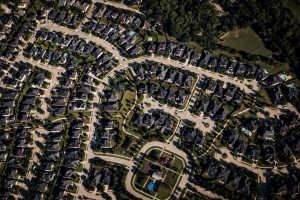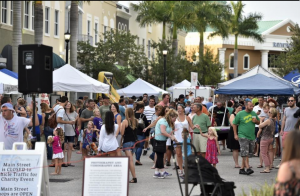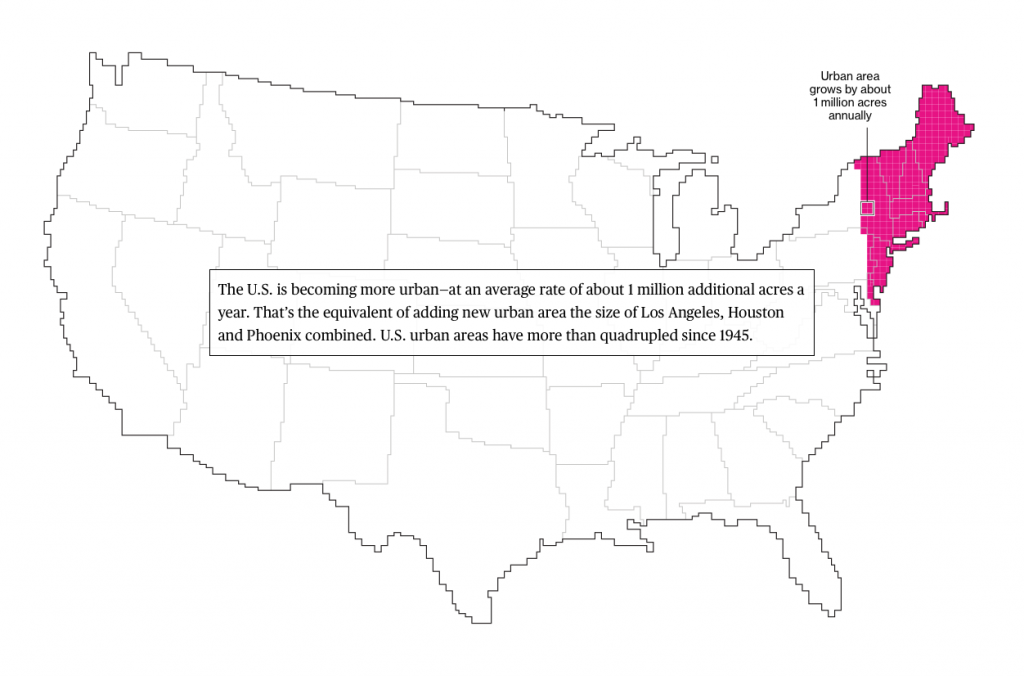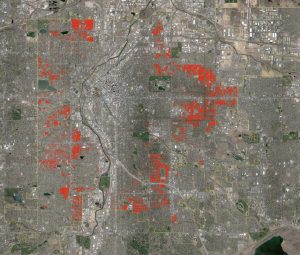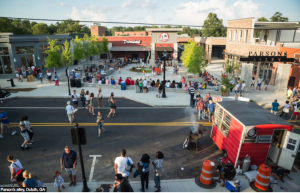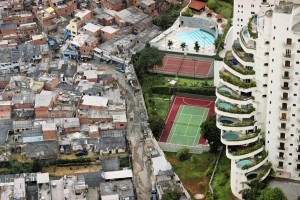2021 November 29
Sprawl Repair Manual Now Translated Into Bulgarian
OnlineEvent Type: PublicationParent Event: РЪКОВОДСТВО ЗА РЕКОНСТРУКЦИЯ НА СПРОЛАOrganizer: Sofia Municipality / СТОЛИЧНА ОБЩИНАEvent WebsiteEvents 0
 The Sprawl Repair Manual has been translated and published by one of the Bulgarian universities in architecture and design, Sofia Municipality, as an online edition. This is a major step in making universally vital information on urban planning and development accessible worldwide. The “Architecture and Town Planning” department, together with the publishing center of the VSU “Chernorizets Hrabar”, the city of Varna, has made this milestone not only possible but a reality.
The Sprawl Repair Manual has been translated and published by one of the Bulgarian universities in architecture and design, Sofia Municipality, as an online edition. This is a major step in making universally vital information on urban planning and development accessible worldwide. The “Architecture and Town Planning” department, together with the publishing center of the VSU “Chernorizets Hrabar”, the city of Varna, has made this milestone not only possible but a reality.
The manual has been made available electronically and can be downloaded here.
